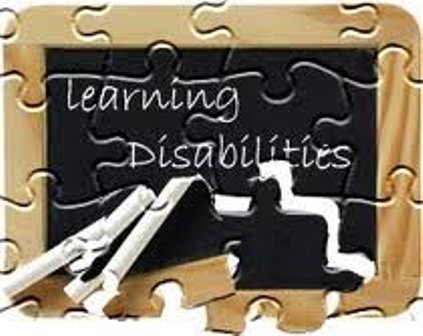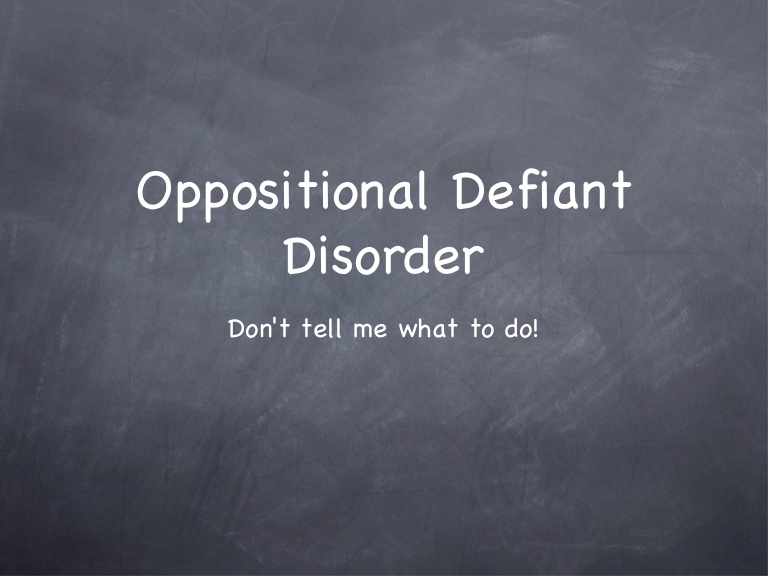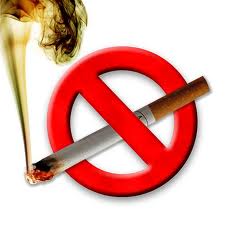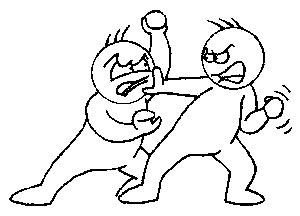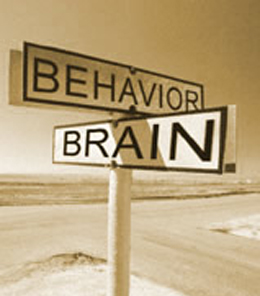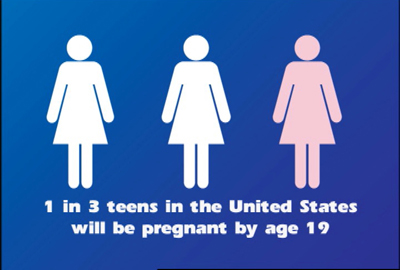A learning disability is a disorder that affects one’s ability to effectively learn or use basic skills such as reading, writing and mathematics. Knowing how the brain works, will help you to understand what can go wrong. Basically, there are four steps our brain goes through when processing information; input, integration, memory/storage and output.
Input – the brain receives information through either auditory or visual channels
Integration – the brain integrates or organizes the information
Memory/Storage – the brain retains the information so that it can be used appropriately
Output – the information is presented either verbally or visually (writing, visual expression)
When your teen is suffering with a learning problem, one or more of these steps are being affected.
Learning disabilities are quite prevalent in our schools. According to LDA (Learning Disability Association of America), about 1 in 7 people suffer from a learning disability and “among school-age children, more than 6% are currently receiving special education services because of learning disabilities”. 1
Learning disabilities are not indicative of intelligence. Your teen can have normal to above normal intelligence and still suffer from a learning problem. Knowing the signs and getting help immediately is the best way to deal with the situation.
Signs of a Learning Disability
Although the various types of learning disabilities can display different warning signs, there are common signs to all of them.
* Short attention span/easily distracted
* Frustration
* Disorganization
* Hard time remembering things
* Difficulty understanding directions
* Falling grades
Types of Learning Disabilities
Some teens may suffer one particular type of learning problem, while others may have difficulty in a combination of areas. While ADD/ADDH is not a learning disability, it does have an impact on learning. A lot of teens who are diagnosed with ADD/ADDH also suffer from another type of learning disability as well. The most common types are listed below.
Dyslexia
* Involves mixing up words/letters while reading and/or writing language
* Genetic – most teens will have a relative with this disorder as well
* Signs include reading slowly, trouble with spelling, substituting words with one another
Dyscalculia
* Difficulty understanding and applying mathematical concepts
* Signs include having problems with time, value, simple math, sequencing and money to name a few.
Dysgraphia
* Difficulty in writing
* Signs include ineligible writing, mixing small/upper case together, mixing print/cursive together, spaces words incorrectly, misses words and/or letters while writing. Usually the teens writing will be slow and they might hold a pen/pencil awkwardly.
Dyspraxia
* A disability that involves problems with motor coordination and Sensory Integration Disorder (a neurological disorder in which the brain has difficulty integrating sensory information)
* Signs include stumbling, breaking things, trouble with fine motor skills, sensitivity to touch and/or sounds
Treatment for a Learning Disability
Learning disabilities are a life-long battle. Although they cannot be “cured”, with the proper support and treatment teens can learn to effectively cope with them and improve their daily lives. First and foremost, check with your teens medical doctor to rule out any physical causes such as problems with their sight and/or hearing.
If you suspect your teen is showing some of the symptoms, talk with your teen’s school. All schools have special education programs that are there to help with these types of disorders. You will be able to sit down with your teen’s teachers and other staff to set up an IEP (Individualized Education Program). This is a program designed specifically for your teen to address their particular needs. When appropriate, your teen will be involved in this process as well.
It’s also important to know that there are laws set up to help protect your teen. Section 504 is a federal law which was created to prevent discrimination for people with disabilities. Schools are required to show what accommodations they will be providing for children with such disabilities.
